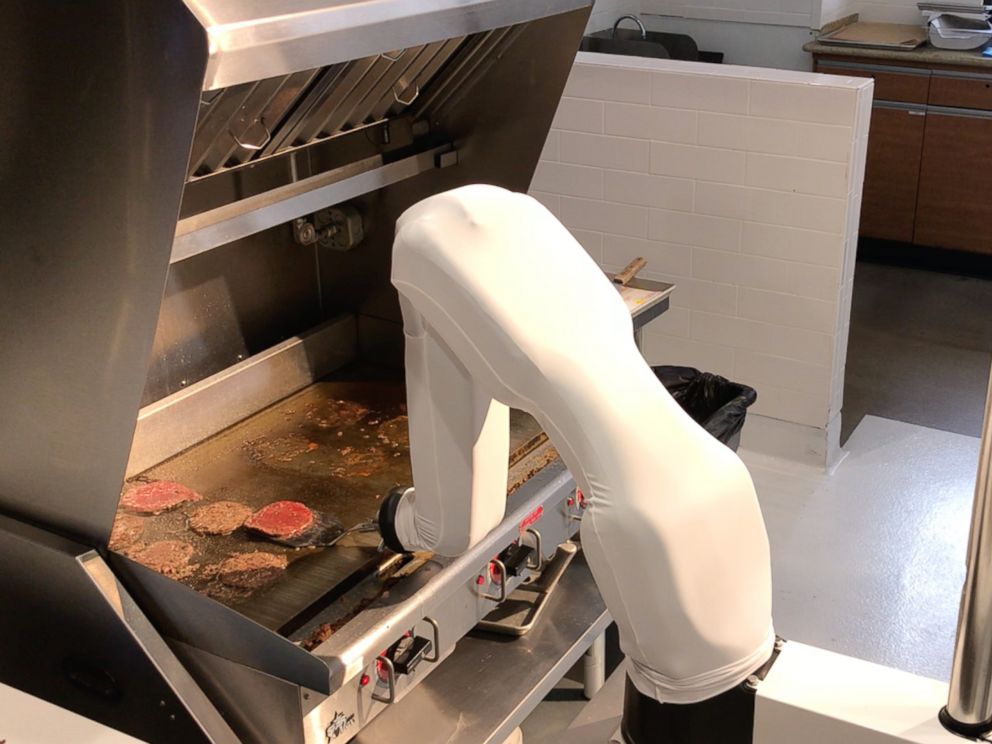The operation of the Collaborative Robots is designed in such a way, that it is safe to be operated in the presence of humans. The industrial automation which includes the small and midsize enterprises has been benefitted by the cobots for their affordability, small scale, and flexibility.
With the development of technology in compliant grippers, cobot arms and mobile platforms accoutered with shunt avoidance capabilities, it has taken the robots from inside to the outside which includes the production lines and other related venues. The better development of deep learning and sensors has also got into many uses.
Let’s take a look at some of the following unconventional examples of how the robots help us in ways.
Collaborative Robots to Pick Plants
These robots known as the GROWBOT was developed in London’s King College. The work of the sawyer cobot arm is to help the workers of greenhouse to pick plants. This project was specially designed for non experts to make the repetitive task easier and replace the seasonal labors. It works in the function of machine to flexibly automate the herbs, seedlings and other plants.
Try the Delicious Cuisines by Robot the Chef
The robots have advanced from helping hand to playing the lead role in kitchen. They work with the help of variety of end of arm tools, functions of cloud based monitoring and Miso Al platforms.

The burger flipping robots can make tasty burgers and work on the fryer or grill in compliance with food safety standards and OSHA. They can work up to 100,000 hours without taking any breaks.
There are so many robots in the process of manufacturing to help ease people and make their life as comfortable as possible. They can not only help in cooking but also assist in washing and cleaning of utensils.
The cobots are much in demand in the fast-food chains as demand for workers has gone high during the last few years.
Getting Served by the Cobot Bartenders, Baristas
Gone are the days when the cobots were limited only in the industries and other petty works. They have now evolved in the field of mixing drinks and play the perfect role of bartenders.
One such example can be seen on the Royal Caribbean Cruises. They have hired many robot bartenders in ships, pubs, and hotels across the world. The most exciting part, they have attracted customers 40% more than the humans.
If you do not entertain a hangover, then the Mitsubishi Cobot is always ready to serve you a delicious coffee. This is considered as the most collaborative robot application, but if you think they will look wonderful on your kitchen counter, then just a little sum of $25000 is enough to fulfill your dream.
Surgery with Cobots
The robots which help us in assisting or when conducting procedures related to surgery are usually very high in specialty. They need to cope with strict regulations, must perform high-performance requirements and they force the surgeons for more improvement and training.
The researchers in the NTU – Nottingham Trent University are originating Scoliobot for the treatment of spinal surgery. High level of care and accuracy is taken to minimize any risk related to the patients. It has still not come to use and is in the process of the development stage, but very soon one will see and get operated and cured by the robots.

Cobot Co-Pilot
A Boeing company named Aurora Flight Sciences is using a UR3 arm for the concept of Robotic Copilot. The aim of the company is to introduce an extensible and portable software and hardware toolbox by the introduction of new level of automation.
The ALIAS or the Aircrew Labor In-Cockpit Automation System would fuse sensors, flight control, a pilot’s tablet interface, and mission software. It then interacts with cockpit controls which are designed for the human pilots.
The ALIAS is very helpful to pilots in performing peak abilities so that they are not overtaxed or bored.
What is the Future of Collaborative Robots?
Check out – here about more info about future applications of cobots. Everyone has seen and witnessed the demand for collaborative robots and it is estimated that they will rise from $710 million in 2018 to $12.5 billion or more in 2025. They will continue to evolve and very soon will be seen in every household at much affordable price.






